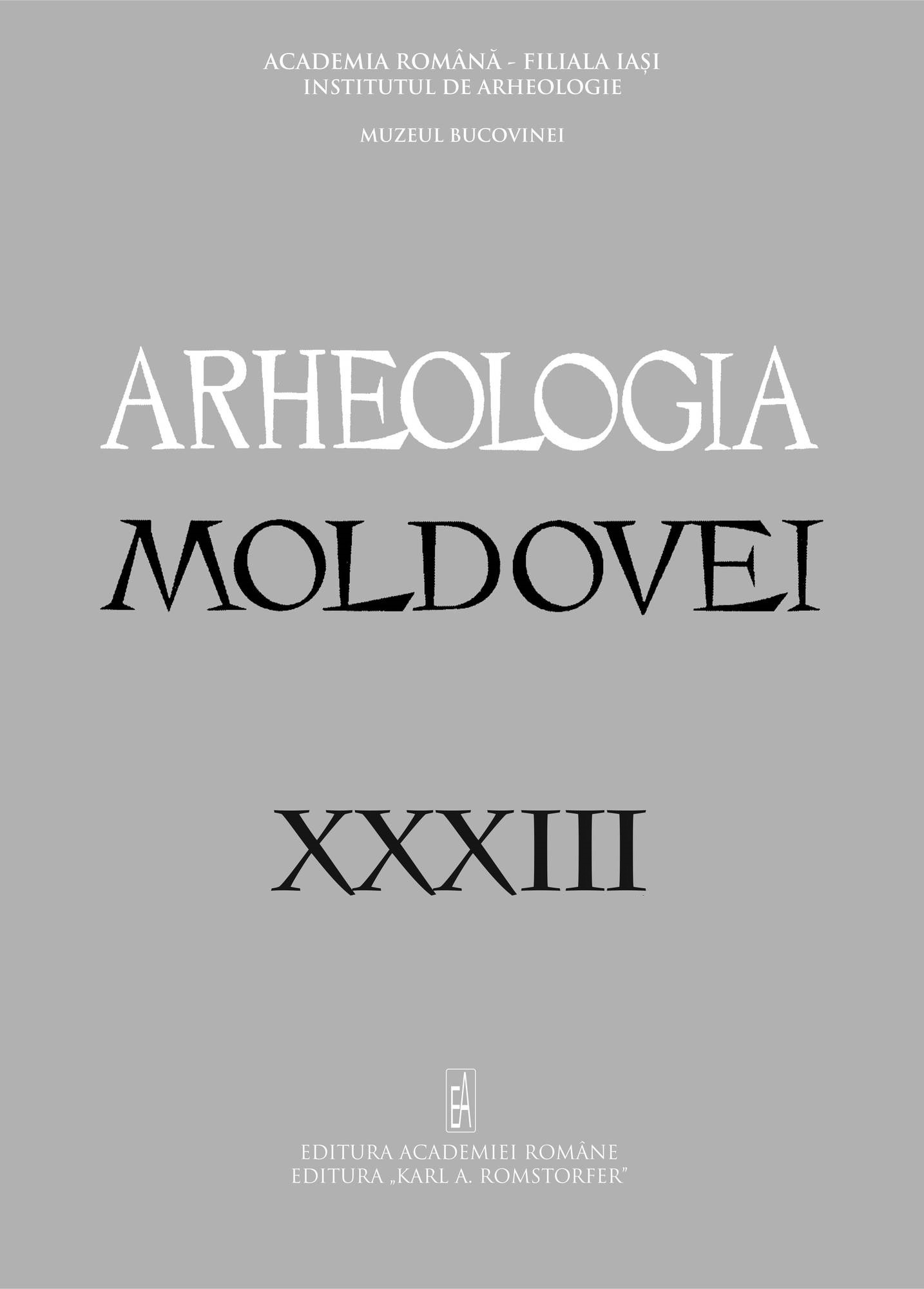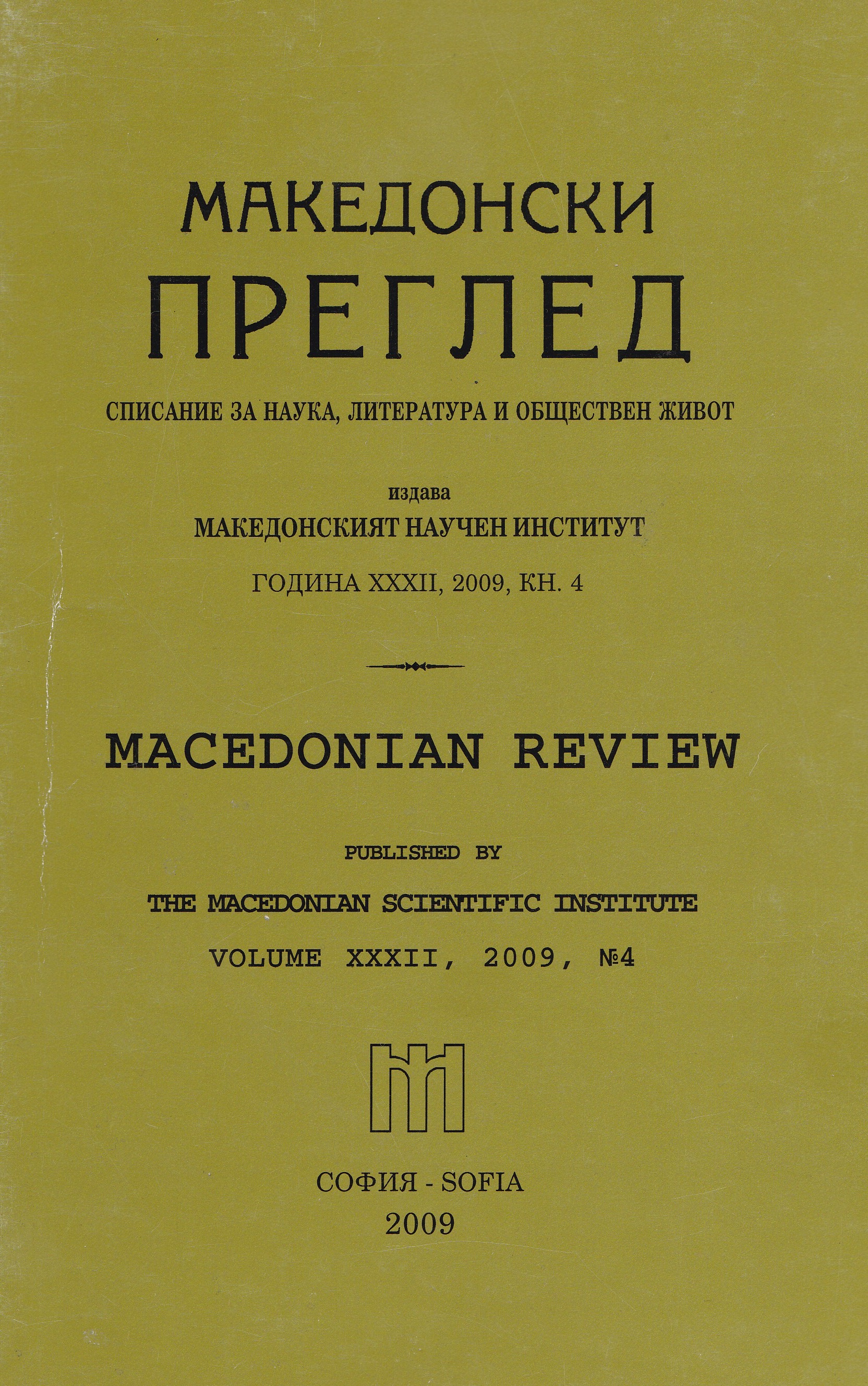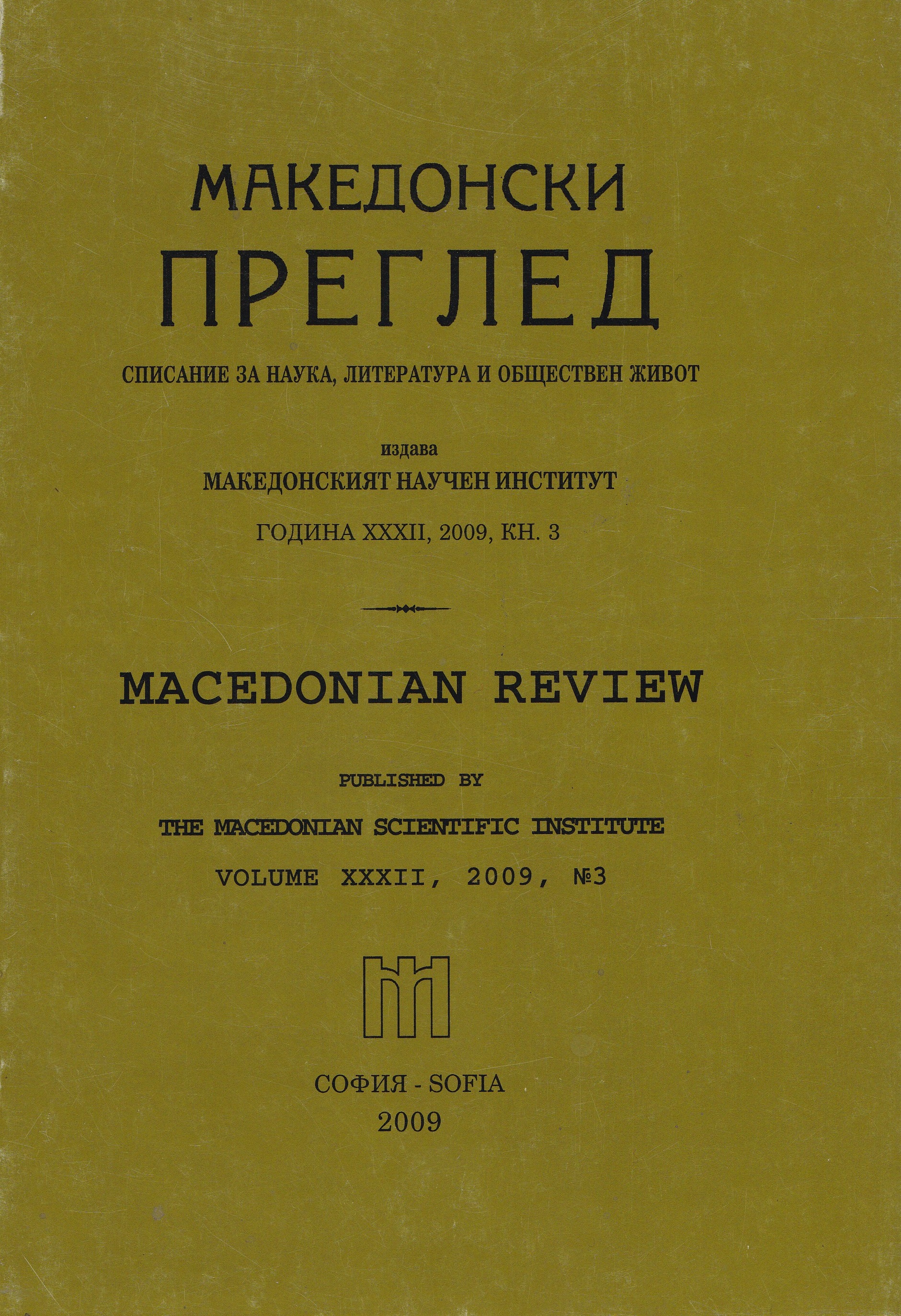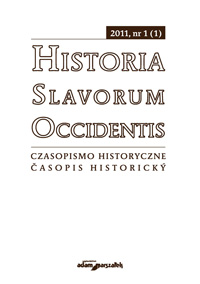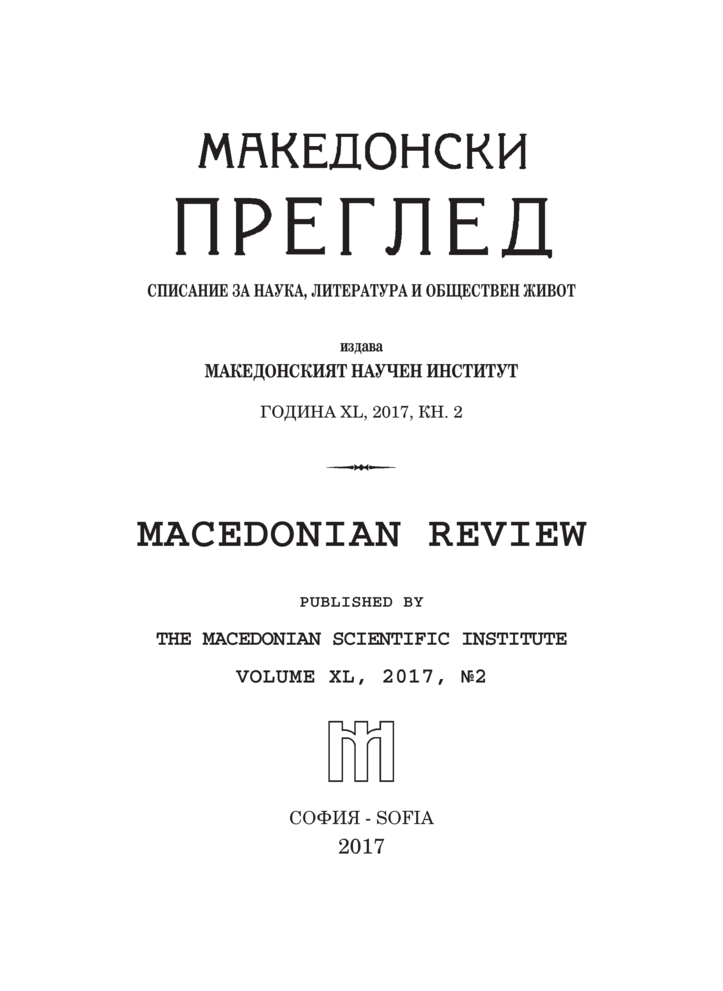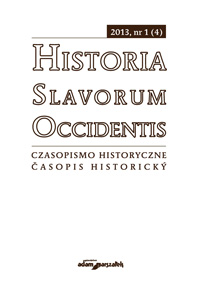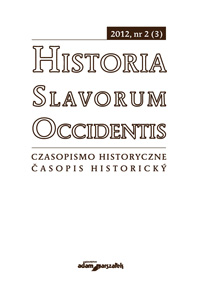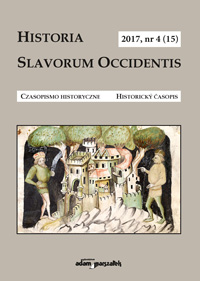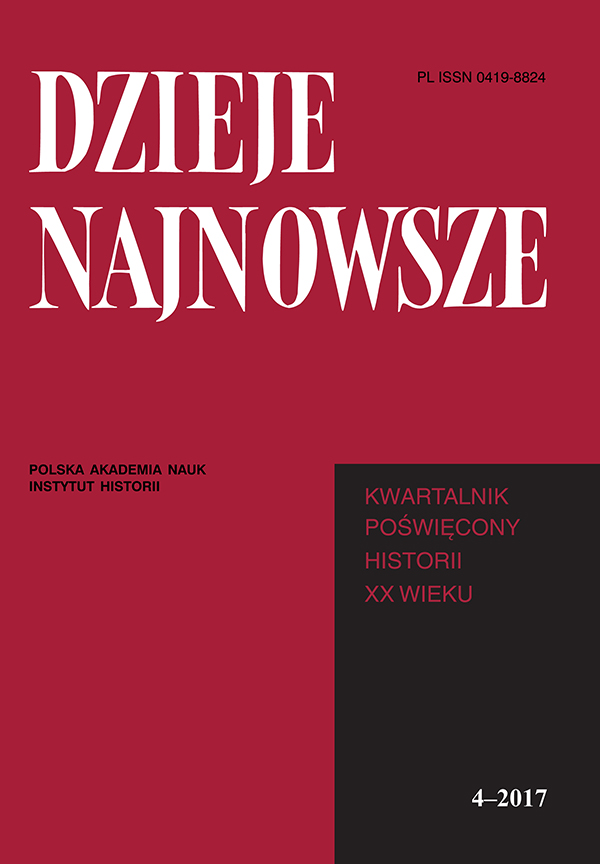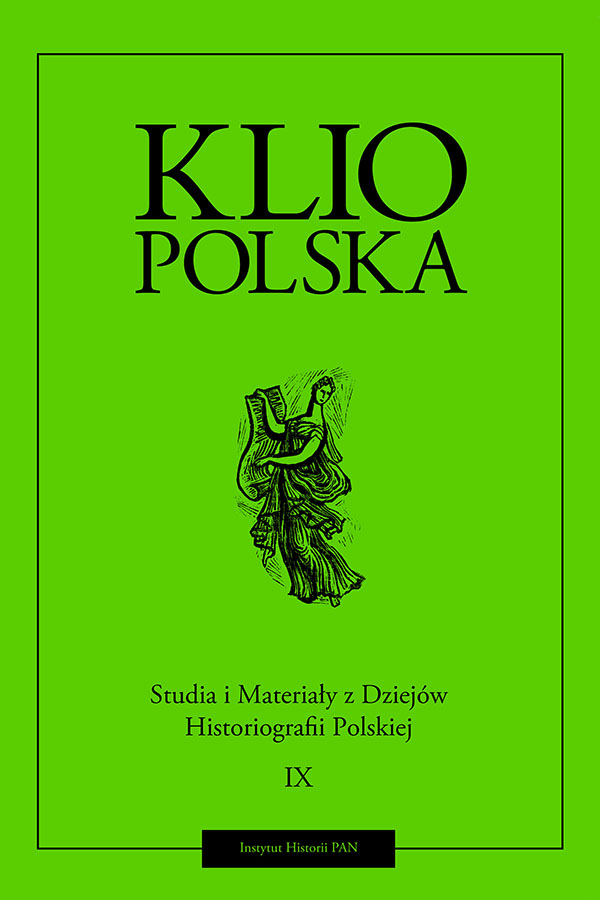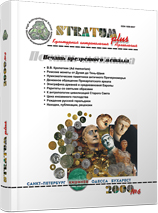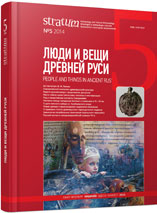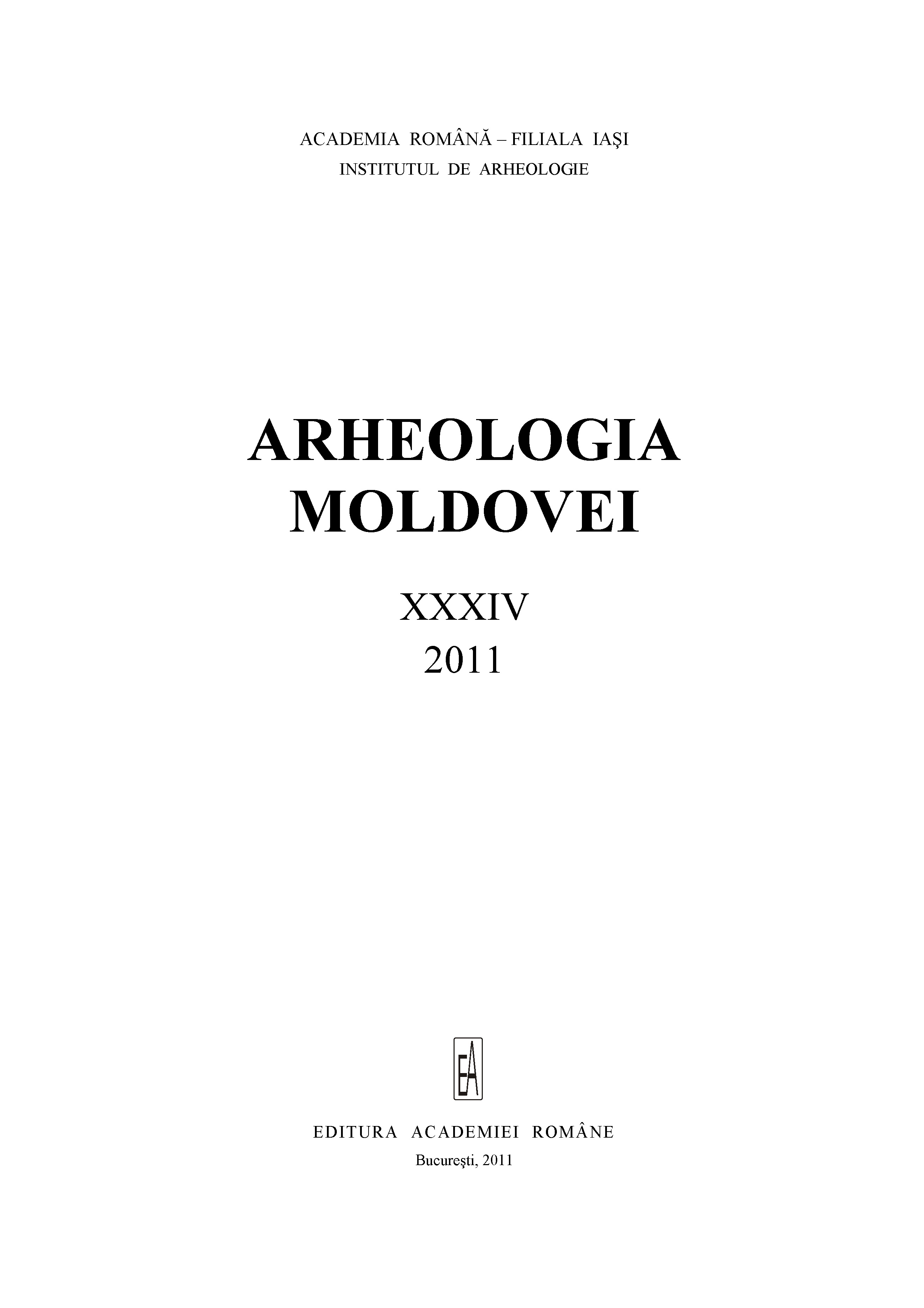
PEŞTERA WERTEBA DE LA BILCZE ZŁOTE
Since times immemorial caves have been known as temporary and seasonal living places. In some cases they were used as places for different activities, such as processing artifacts (pottery, tools, weapons, jewels) or cult. In this study we are especially interested in the last aspect, involving cult activities. We briefly present other different caves used for such a purpose, in Romanian and in Europe. Some discoveries prove that caves used to shelter sanctuaries, offerings, ritual wells, and sometimes they were used as necropolises by some communities. It seems that, starting with the Copper Age, cult practices in the caves became more frequent.For the Cucuteni-Tripolye horizon the unique cave with traces of habitation is Werteba, near Bilcze Złote (Podolian Plateau), today in the Ukrainian territory. We make a short incursion in the history of its discovery, and of the artifacts found there. In the same area, there are other sites related to the cultural complex under discussion; the nearby copper and salt-water sources, together with the hydrographic system (the Siret, the Dniester and their tributaries) and the soil quality account for the location of these sites. Very interesting are the artifacts that were found in the cave. Unfortunately, not all of them have been published until now. Another problem is the relation between these artifacts and the human graves, human skulls or dispersed human bones (pieces from about 120 persons) in the cave. From that point of view the site is very important, since, generally, we know few things about the graves or necropolises of this cultural complex. Many and various artifacts have been discovered (a main characteristic of such communities!); however, there has been no comprehensive publication, but only some reports and articles. Pottery represents the main kind of finds, the painted one prevailing (75%). Various motifs and symbols (geometric, zoomorphic, astral, vegetal) were used, many related with fertility and fecundity, and to attributes of the Great Mother Goddess. There are also anthropomorphic and zoomorphic statuettes, as well as stone artifacts. Very interesting and various are also the bone artifacts: spatulas, awls,40 daggers, pendants (one of which became famous immediately after its the discovery, namely the one shaped as a bull’s head with a feminine deity incised on it). The jewels are also represented by amulets made by perforated fangs(dog, deer), as well as shells and copper beads. The richness and diversity of the artifacts found in the cave, their association with human remains, the hearths, the statuettes found in some of the cave's niches, impose the idea that the place was used for cult practices. We also agree to this interpretation; and still there are some enigmas, related to unsolved problems: the so-far superficial presentations of the discoveries, the nature of the relation between artifacts and human remains (graves, skulls, dispersed bones). Another problem is to what site the cave belongs: to the nearest one at Bilcze Złote – Ogród, or to other communities of the area too. Did the cave represent a necropolis for one community (human bones from 120 persons), or does it also reflect some symbolic burials (skulls, other dispersed bones)? Did the artifacts in the cave represent parts of the funerary inventory, or did they represent offerings? The recently discovered 16 skulls can reflect a skull cult, or an ancestor cult, as also manifest on other sites of the same cultural complex; but even the latest publication presents too general data, without the context of the discoveries or the association of the artifacts! Radiocarbon data for Bilcze Złote – Ogród and for the Werteba cave, as well as the analysis of the archaeological material (pottery and stone artifacts) provide a chronological frame for both sites, the cave having being occasionally used throughout a period of about 1000 years. As a conclusion, we believe that the Werteba cave is a unique, very important site of the Cucuteni-Tripolye cultural complex. In the future, a new, complex analysis of the conditions of the discoveries and on the relation between the artifacts and the human remains will provide new data that can make possible a better understanding of the cult practices that took place there.
More...
